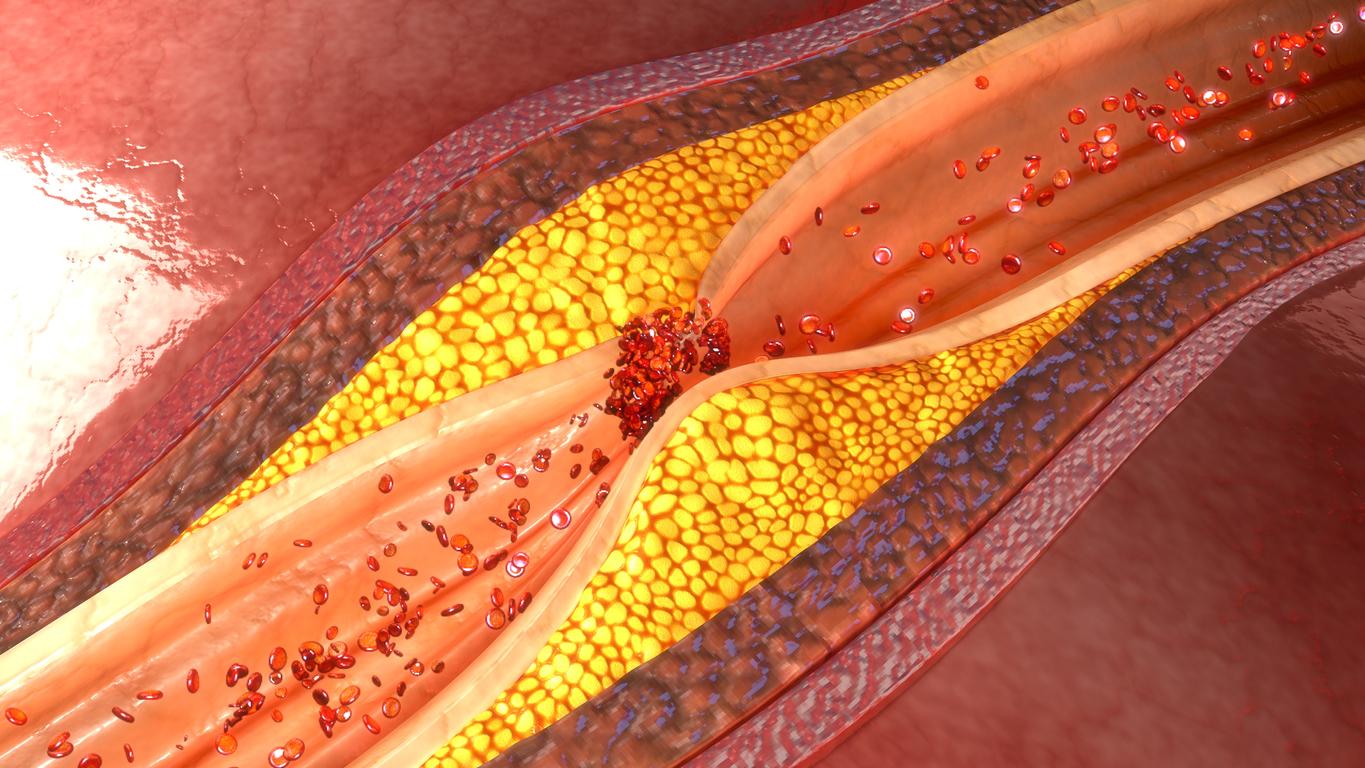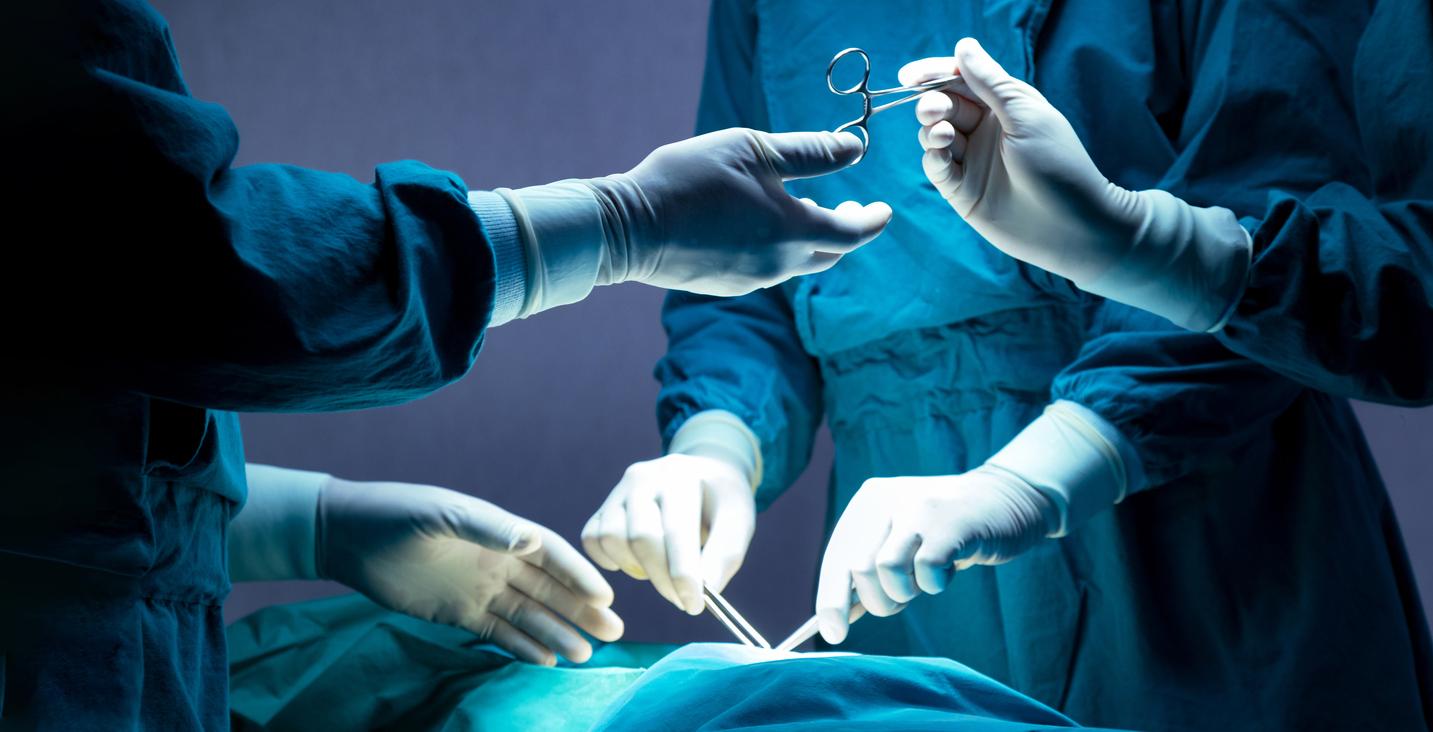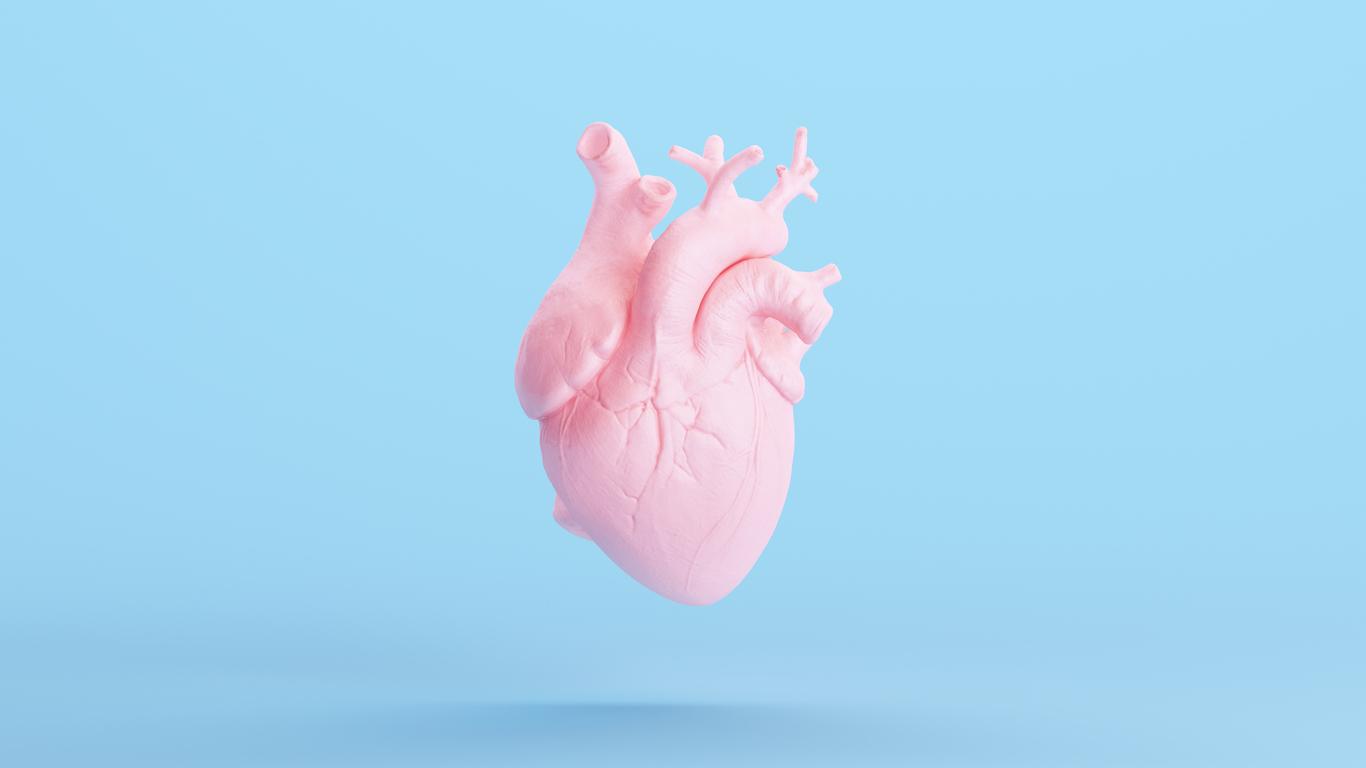
More women than men die every day from heart disease. What do we know about the differences between men’s and women’s hearts?
Vessels clogged or cramped
Normally, your heart muscle receives oxygen-rich blood through the coronary arteries. These vessels around the heart branch into small vessels and finally into tiny capillaries. If the flow of oxygen-rich blood is obstructed, this causes complaints such as chest pain. The medical term for this is angina pectoris or heart cramp. If the blood flow stops completely, there is a heart attack. Men with this type of heart problem usually have arteriosclerosis in the large coronary arteries. In 75 to 80% of men with angina pectoris, the cause can be found in the silting of these large vessels. It is different with women. They usually only have arteriosclerosis of the great vessels at a later age, above the age of 70. The calcification is more often spread in the smaller vessels in middle age (40-70 years). These are too small to silt up, but they do get stiffer. This can cause vascular cramps. In women, 80 to 90% of angina pectoris is caused by cramping in the large and small (capillaries) vessels.
Severe chest pain or nagging pain that comes in waves
Men with an oxygen deficiency in the heart get chest pain, they turn pale or experience a radiating pain to the jaws. Women with narrowed coronary arteries often have the same symptoms. But in the majority of women with a heart with oxygen deficiency, it is therefore a case of vascular spasm. Then other complaints occur, which also come in waves. Think of tightness, a nagging feeling in the chest, as if an elephant is sitting on it, or pain that radiates to the armpit or between the shoulder blades. Women with this problem often undo their bras in the evening for relief. They feel a little nauseous or are extremely tired after a busy day. This can cause problems at work, sometimes mistaking the problem for a burnout. The complaints are also sometimes associated with the menopause. Some weeks it gives more complaints than others. Often these women have a family history of cardiovascular disease, have had migraines at a young age (before the menopause) or had high blood pressure during pregnancies.
Cardiac catheterization or CT scan
Cramped vessels require a different diagnosis than clogged vessels. For example, the bicycle test often proves nothing. The cardiac catheterization that provides a good picture of the narrowed coronary vessels in men is more difficult for the cardiologist to read in the case of problems in the women’s heart. A CT scan can better map the risk of heart problems in women. The ultrasound examination is also a good way to map the vascular problems in women. The first steps in treatment are the same as for men: a healthy lifestyle and, if necessary, address risk factors such as high cholesterol, high blood pressure or diabetes. However, the preferred drugs are different. For women, it is therefore wise to visit a cardiologist who specializes in the female heart.
Knowing more?
This text is written on the basis of a webinar by cardiologist Angela Maas on June 19, 2020 www.hartvoorvrouwen.nl. Knowing more? There are regular new webinars from Angela Maas, like this one on June 9.















